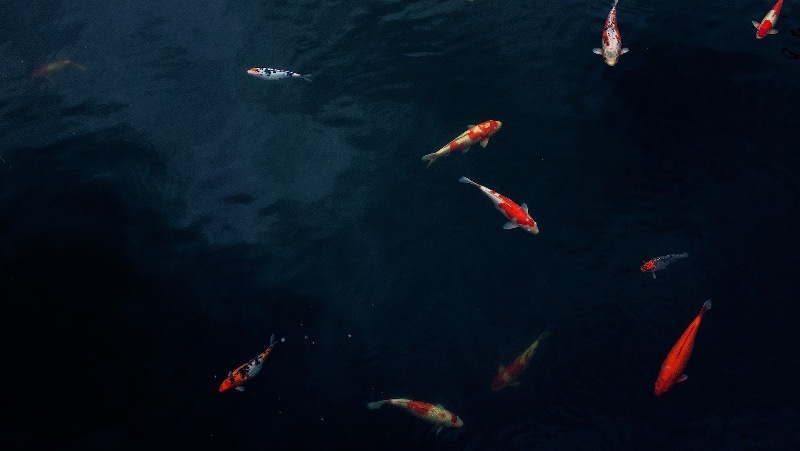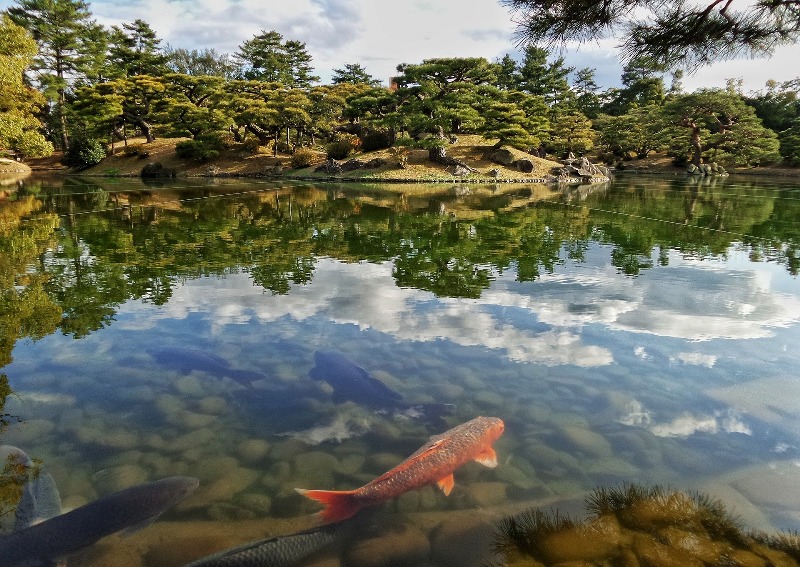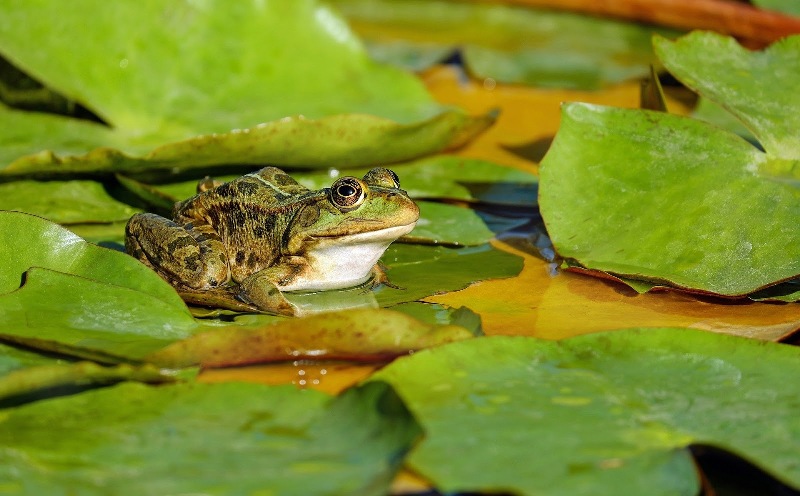Ponds need a lot of maintenance, from setting up filtration systems, cleaning them manually, and even changing the water. All these are actions aimed at making the pond a safe habitat for any animal living inside because ponds do not self-clean like natural water bodies.
During pond maintenance, you may be tempted to do something believing you are helping but instead end up hurting the animals. We are going to explore the Do’s and Don’ts of pond maintenance.
Things You Should Do

The following are pond maintenance tips that are highly recommended.
Do Use Biological Filtration
This is the simplest and most friendly method of cleaning your pond. Biological filtration makes use of beneficial bacteria to get rid of natural wastes in the water that may harm the animals. The process helps keep algae populations in check by consuming excess nutrients responsible for an algae bloom. It also stops the sludge at the bottom from releasing hydrogen sulfide into the pond.
Do Check Water Parameters
There is no telling if the water in the pond is turning toxic through a simple look. You will only be able to determine that by testing all the available parameters at your disposal. Check the pH, the KH, ammonia levels, and a host of other elements. There are various testing tools you can use for this that will give you instant results.
Do Ask for Advice
If you are unsure about anything, do not do it until you ask someone who may have a better understanding of ponds. Like everything else in life, taking care of a pond is an experience-based lesson, somethings are easy to do on your own, but once in a while, you will be faced with a complicated problem that needs a complicated solution. Consult an expert when that happens.
Do Wash Your Filters
In the process of cleaning the pond, the freshwater aquarium filter media will accumulate all the dirt, and failure to wash them after use only leads to the re-introduction of contaminants into the water. Always use a hosepipe when cleaning your pond filter media as it has less chlorine, which may harm beneficial bacteria on the surface.
Do Add Stones
Pond stones do more than add an aesthetic touch to the whole set up; they provide surface areas for bacteria to stick to as they go about their roles of fixing contaminants in the water. Stones also provide the pond with structural integrity on top of giving plants the surface upon which they can anchor themselves.
Things You Should Not Do

When doing pond maintenance, the following are some of the things you should not attempt.
Don’t Empty the Pond
A common misconception among many is that the dirty pond water can be switched out entirely with a cleaner one. That is not how cleaning a pond works. You will be killing the fish as you will also be draining away the beneficial bacteria present in the water that the fish depend on. It takes time for the bacteria to accumulate, and if you add new water, the fish may die before that happens.
If you chose to drain all the water, then start by introducing bacteria culture into the pond in advance.
Don’t Introduce Fertilisers
Water plants are good for your pond; they help provide hiding spaces for fish as well as organic surfaces for beneficial bacteria. However, you should avoid introducing plants into the water before leaching out the fertilizer. The fertilizer will leach out to the pond, and this will affect not just the fish but the beneficial bacteria too.
Don’t Feed the Fish During Winter
Fish, like reptiles and amphibians, are not very active during winter. In order to conserve energy, they usually suppress their metabolic rates; they literally stop feeding once winter sets in. Therefore, do not throw in food for them; it will only end up providing food for algae, which will then take over the pond once things thaw.
As autumn sets in, feed the fish with high protein food, which will help them gain enough weight to sit out the winter.
Don’t Overstock the Pond
You may be tempted to start a colony of fish in your pond just for kicks, but that is not a recommended move. An overcrowded pond gets dirtier faster, which may be too much for the bacteria or any filtration system to handle properly; this will lead to deterioration of fish health and even death.
The standard rule dictates that a well-populated pond has 55cm of fish per 1,000 liters of water.
Don’t Change Your Filters
Pond filter media will always get dirty; they are meant to get dirty. However, that should not be the reason for changing them. What you need to do is to clean them properly once they get too dirty. Pond filter media are home to all kinds of beneficial bacteria that feed on the sludge and algae that gets trapped in the filters. Changing filters will get rid of these vital organisms, and that will spell doom for the pond.
Conclusion
Ponds support a delicate ecosystem that can quickly be destroyed by the slightest of mistakes. As much as knowing what to do is important; knowing what to not do is of equal value. The biggest takeaway from this is that you should make it a habit to ask first or look up things online before attempting something you have not done before with your pond.






